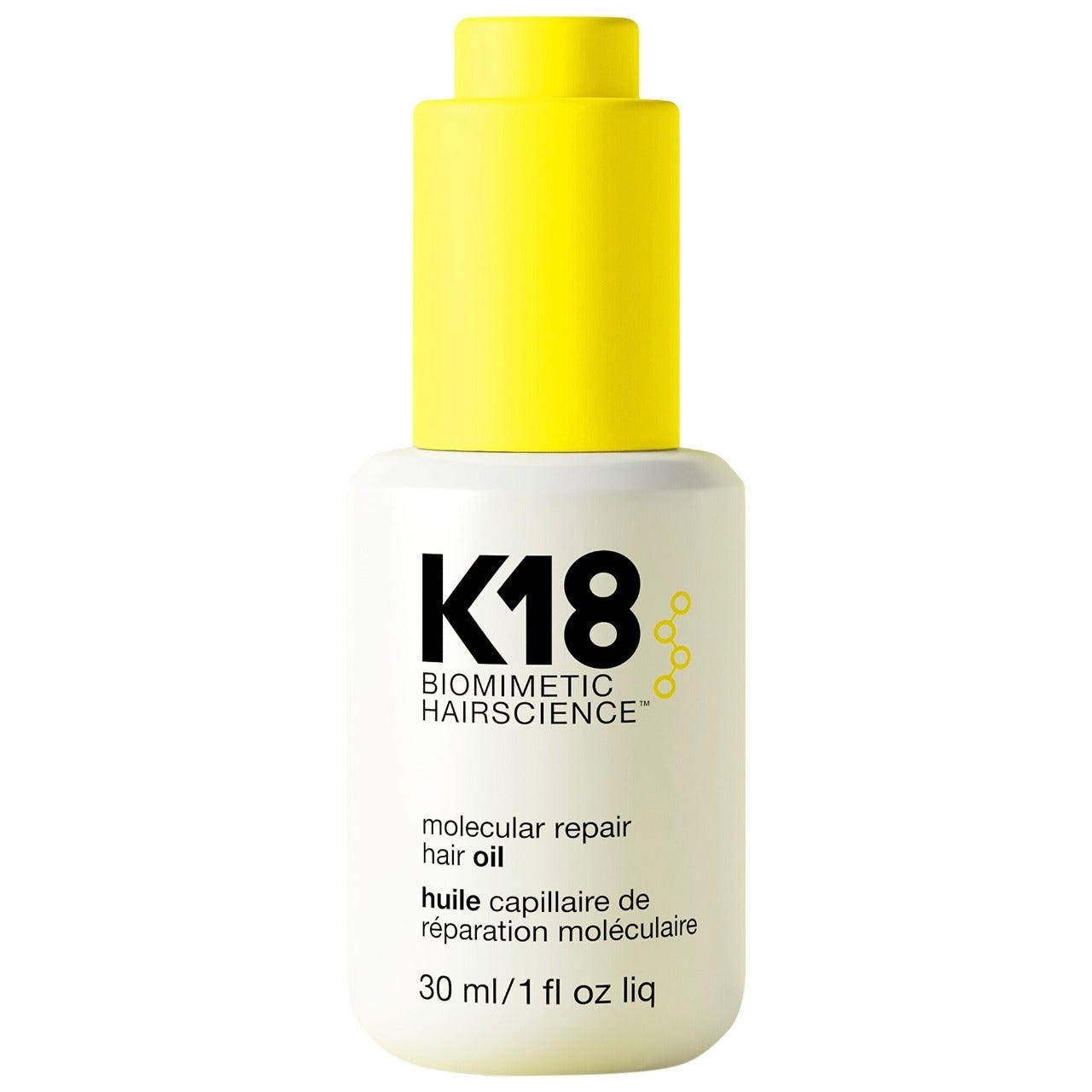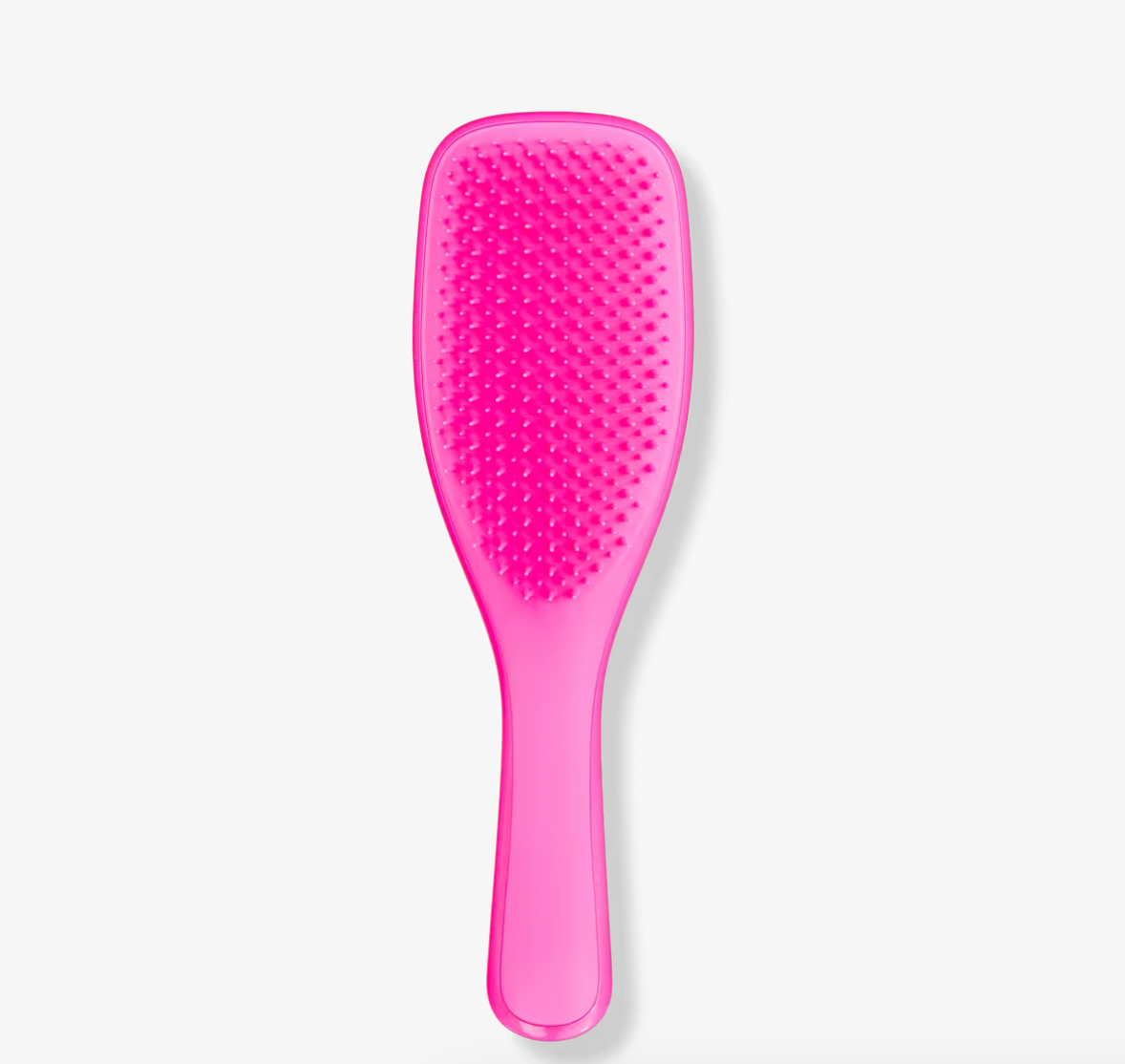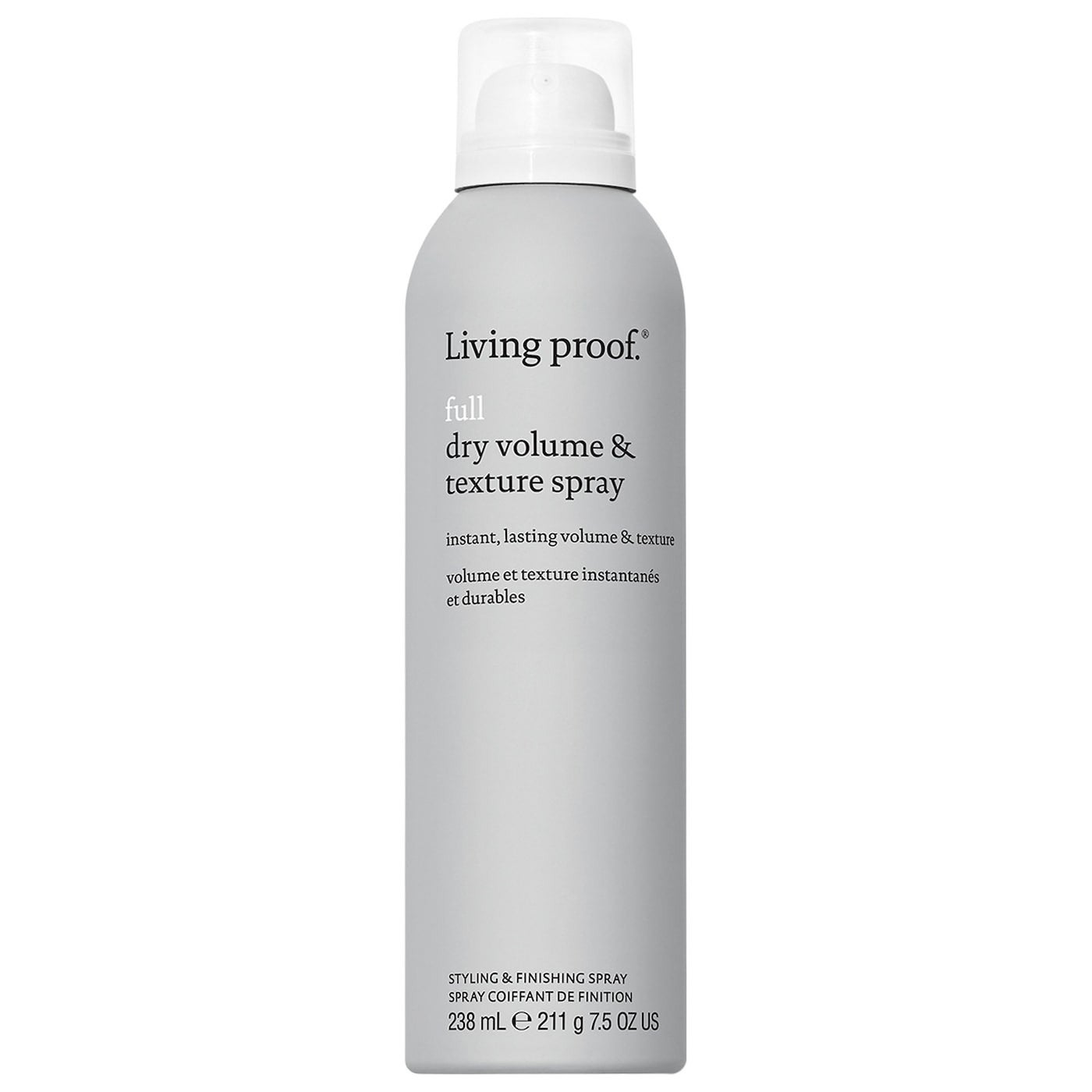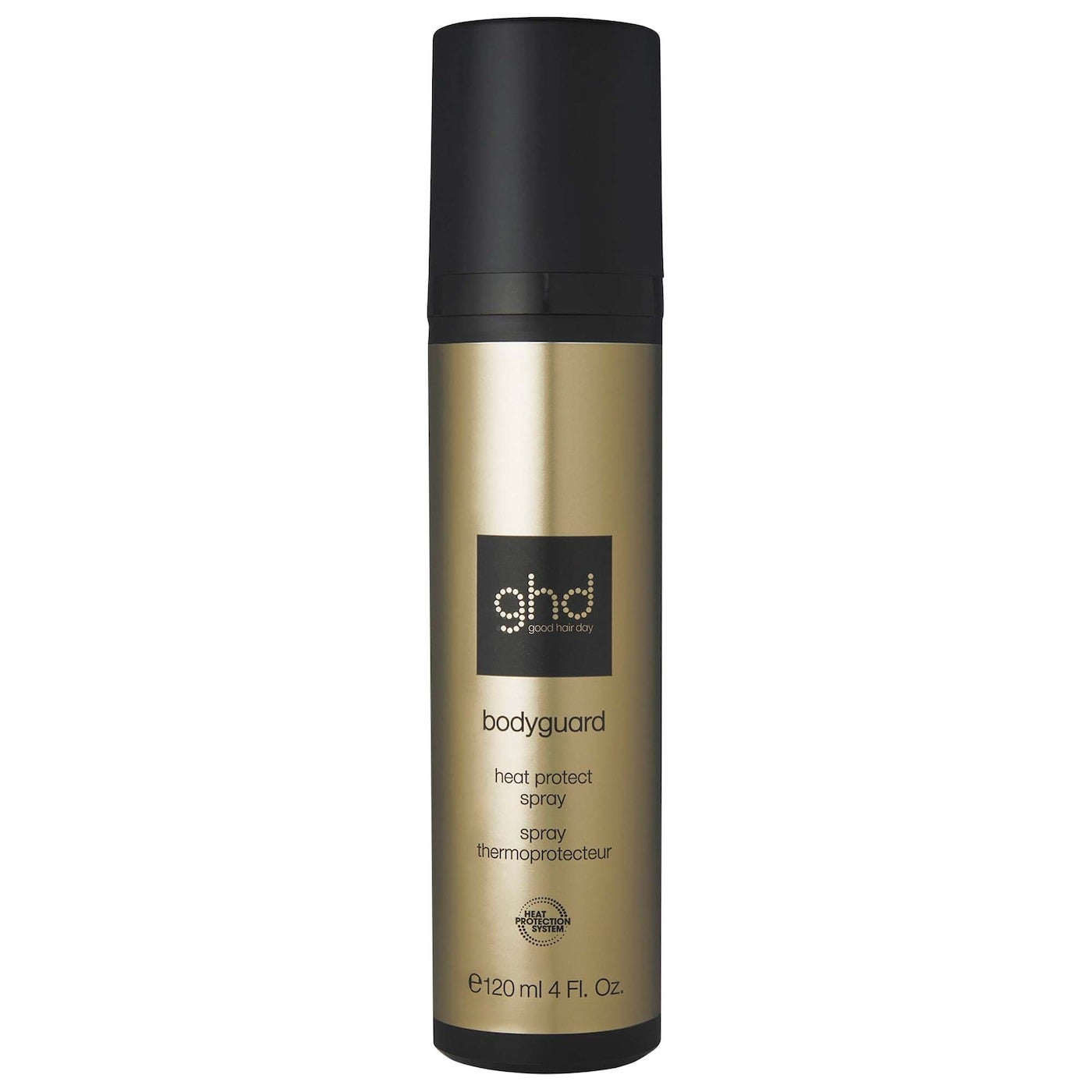In recent months, my long brunette hair has looked frazzled, lifeless and one-dimensional. This isn’t surprising considering it's been over five years since my last balayage appointment and seven months since it was cut. It’s fair to say that I was long overdue a refresh and with fall right around the corner, it seemed like the perfect time to trawl TikTok and Pinterest for inspiration. Among the abundance of bold copper shades and brooding cherry hues, one trending hair color stood out to me — not least because of its unusual name.
Enter: “moonlighting”.
AdvertisementADVERTISEMENT
The moonlight hair technique — a speedy spin on traditional highlights or balayage — has gone so viral on TikTok that it has amassed tens of millions of views and climbing. In those videos, colorists appear to brush the hair back and hand-paint specific areas (such as the front and side sections underneath the hair) with bleach. Essentially, anywhere the light catches. The result? Imagine your natural hair color bathed in the incandescent glow of a super moon.
@anilmermerofficial How did you like the moonlight technique we recommended for hair that has not been dyed before? ⭐️ . . . #hair #explore #balayage #brushlight #themoonlyhairpalace ♬ original sound - overlays
To me, it’s a brighter nod to the “candlelit brunette” or “expensive brunette” shades that recently took over top London salons. Some liken it to “glow lights”, whereby bleach is applied strategically to illuminate very specific strands of hair. Asking around, I learned that colorists are also describing the technique as “vibrant brushlights”. This appealed to me because it seemed to be an easy way to revive my lackluster lengths while adding depth and shape in a natural way.
What is the “moonlighting” hair color technique — and how does it differ from balayage?
Keen to give the moonlight hair color trend a go, I headed along to Hershesons in Fitzrovia where I quickly learned that the trending technique is not all it seems. While the countless viral videos appear to show colorists mastering freehand balayage with a simple brushstroke here and there, Hershesons expert colorist John Alfred revealed that the moonlighting technique is likely all “smoke and mirrors”. To my surprise, he branded it “fake balayage”.
AdvertisementADVERTISEMENT
On closer inspection, Alfred noted that the “bleach” applied in the videos resembles hair mousse and suggested that genuine hand-painted balayage requires precise — rather than haphazard — application. This is time-consuming, unlike the rapid application demonstrated in the trending videos. Crucially, Alfred warned that bleaching the hair in this way (without foils or toner) would likely turn those dyed sections orange, particularly on dark hair like mine. It simply wouldn’t lift the color enough to achieve the bright, cool gradient that the videos lead viewers to believe.
While the viral moonlight hair color technique might all be for views, the lightened results are undeniably chic. Unlike the buttery balayage that has swayed so many of us lately, the moonlight hair color trend is intended to be a brighter and low-maintenance shade that's suitable for all hair types, lengths and shades. That said, Alfred believes it’s most effective on darker hair for a visible lift, and on layered lengths for extra dimension. It’s so speedy that he has coined it the “balayage lunch lift”.
A previous full balayage session would last over five hours but Alfred assured me that this lift would take a fraction of the time. He used FastFoils, which feature an endothermic coating that absorbs surrounding heat to activate dye quickly and evenly. This creates a brighter color lift faster than traditional hand-painted balayage.
I have a limited selection of hairstyles on rotation, which includes alternating between a centre and side parting, so achieving a seamless blend, regardless of my hairstyle, was key. Alfred applied bleach in a halo shape around the crown (under the top layer of my hair) as well as on the underside so that the moonlit segments would glimmer underneath and shine through my darker strands. This also meant that if I wanted to flip my hair over to the side, those dazzling strands would be front and centre. He targeted specific sections of hair on the top and within my fringe to create the face-framing element of the moonlight style, avoiding the roots to ensure that my hair remained low-maintenance as it grew out. What's more, keeping the roots the same adds extra dimension throughout the balayage, according to Alfred. The last step was a bespoke toner for my mid-lengths and ends. The benefit here was to draw out the various cool shades in my hair.
AdvertisementADVERTISEMENT
How should you ask your colorist for moonlit hair?
To achieve the moonlight hair color, there are a few noteworthy buzzwords. Alfred suggested requesting “partial balayage” or “flash highlights” instead of a full head of balayage. Placement is crucial, too. He suggested asking for light accents and “face-framing features” on the sides (and fringe if you have one), as well as in a “halo shape” around the crown of your head — but avoiding the roots.
Alfred also mentioned that “closed balayage”, which requires foils instead of freehand application like the videos, provides a higher level of lift — and is far better on darker hair. With all of this advice in mind, the moonlight finish is categorized by cool, bright and icy tones among more natural mocha and honey shades. After the revelation that the viral moonlight technique was, in fact, flawed, Alfred adjusted the approach to achieve the same luminescent effect. Alongside Hershesons hairstylist Samuel Broadbent, he considered the best cool tones for the highlights to achieve a moon-bathed finish, and to suit my complexion. Then we moved onto the placement and cut.
What's the moonlight hair color like IRL?
Color completed, it was time for Broadbent to work his haircutting magic. He advised combining the moonlight color with a textured haircut for extra dimension, which aligned perfectly with my inspiration: Daisy Edgar-Jones’ boho hairstyle. Broadbent trimmed my grown-out fringe to cheekbone length, cut soft layers throughout the body of my hair and feathered the front pieces. He then dried it using a blowdryer and loosely curled with a thin wand. He finished the look with a spritz of Living Proof Dry Volume and Texture Spray, $36, for an effortless, tousled wave.
AdvertisementADVERTISEMENT
It's safe to say that the Hershesons team’s rendition of the moonlight technique is versatile and quicker than other balayage methods I have experienced. The moonlit accents pop when light is shone onto my hair and combined with the timeless soft layers, the highlights — or moonlights, as I'm now calling them — add volume and shape.
How do you maintain the moonlighting hair color trend?
The beauty of moonlighting is that it’s low maintenance. I was told that my hair will look naturally sun-kissed — or moon-bathed — as it grows out, and provided you’re looking after it with sulphate-free shampoo, it could last for months. Alfred recommended refreshing the style with a toner every three to six months and stressed the importance of using nourishing haircare products like masks or deep conditioners. Besides this, it’s always recommended to use heat-protecting spray. My go-to is ghd Bodyguard Heat Protect Spray, $28.
For me, styling at home is equally fuss-free. Broadbent suggested letting my wavy hair air-dry and adding a texturizing spray. For a more polished look, he recommended curling with tongs and gently brushing through the ringlets with a Tangle Teezer Brush, $15.99, for relaxed waves, followed by a hair oil for a sleek finish. I highly recommend K18 Molecular Repair Hair Oil, $65.
Like any new hairstyle, it took some adjusting to the cool, lighter and brighter tones of the moonlight hair color but I've received multiple compliments. I've been told the light accents brighten my complexion and make my blue eyes pop. If anything, my solid brunette tones washed me out.
AdvertisementADVERTISEMENT
Moonlighting tends to suit curly hair and waves best as the movement allows those lifted tones to pop. I'm most interested to see how my moonlit hair will grow out over the coming weeks. Whether I will need a toner top-up, additional cooler tones or want to inject a little more sun-kissed warmth into my hair remains to be seen. But so far I like what I see. When I first had a full head of balayage, I was so blonde I barely recognized myself; the moonlight technique is a more tame and totally bespoke version of a full head of balayage. I'd recommend moonlighting to those undecided about dyeing their hair, or people who are considering highlights for the first time.
Ultimately, though, my experience has taught me not to believe everything I see online. Alfred warned that some hairdressers are eager to please and wouldn’t call out a presumably fake trend so I'd encourage everyone to bring along numerous examples of the style and color you want as inspiration, rather than put emphasis on one viral technique. Lastly, research your chosen colorist well and don’t be afraid to ask about the methods they use. A pre-appointment consultation — usually free — is your best bet when it comes to achieving a hair color that you love.
AdvertisementADVERTISEMENT










